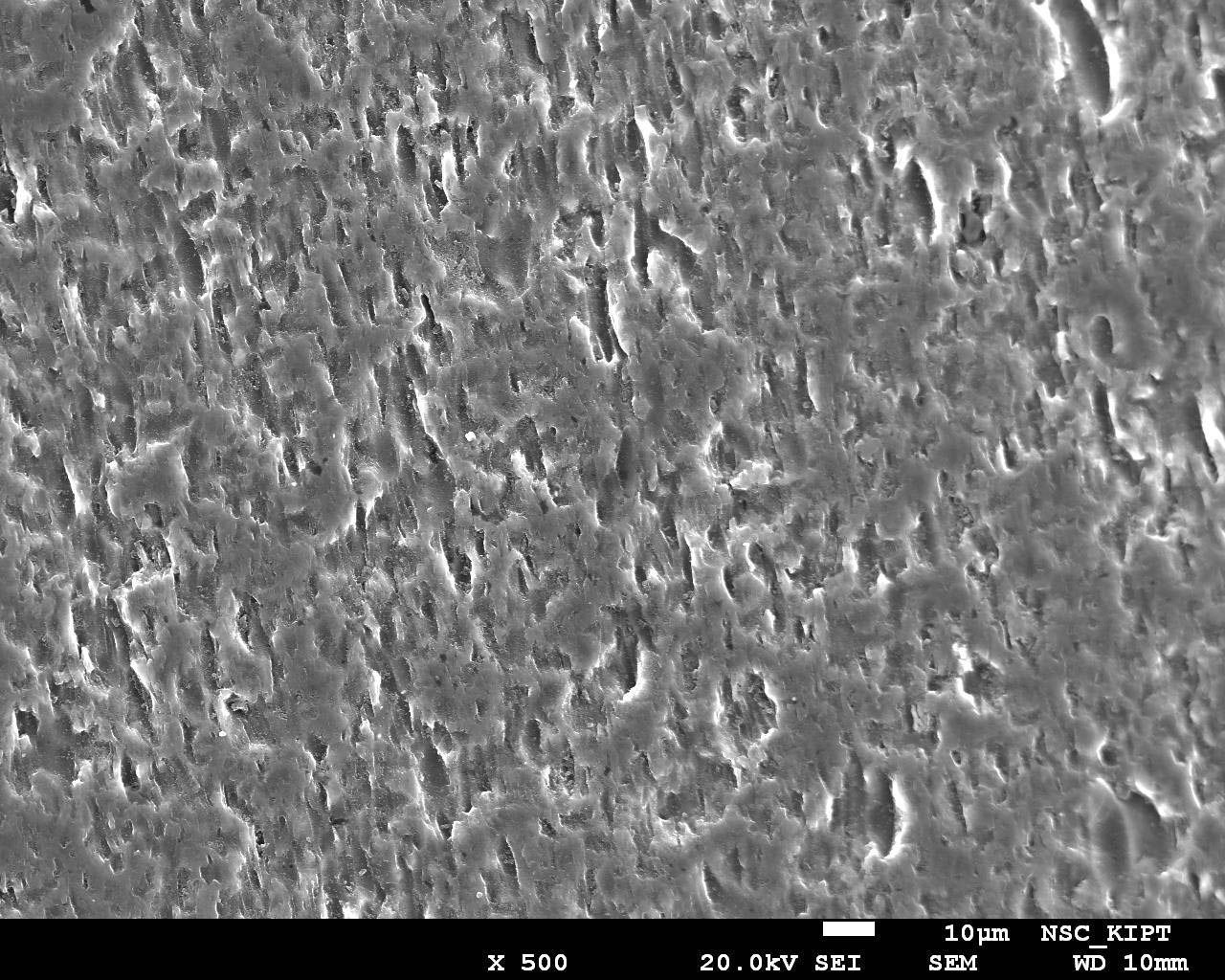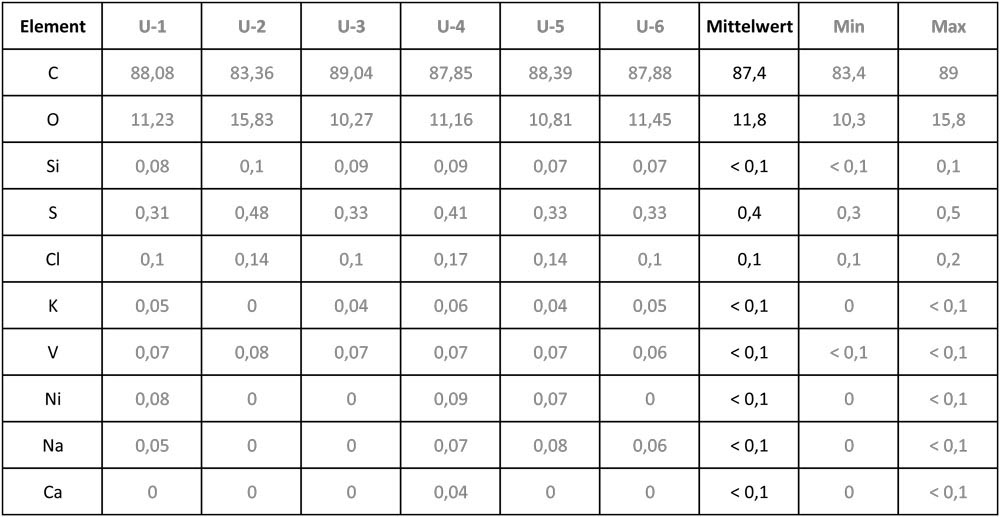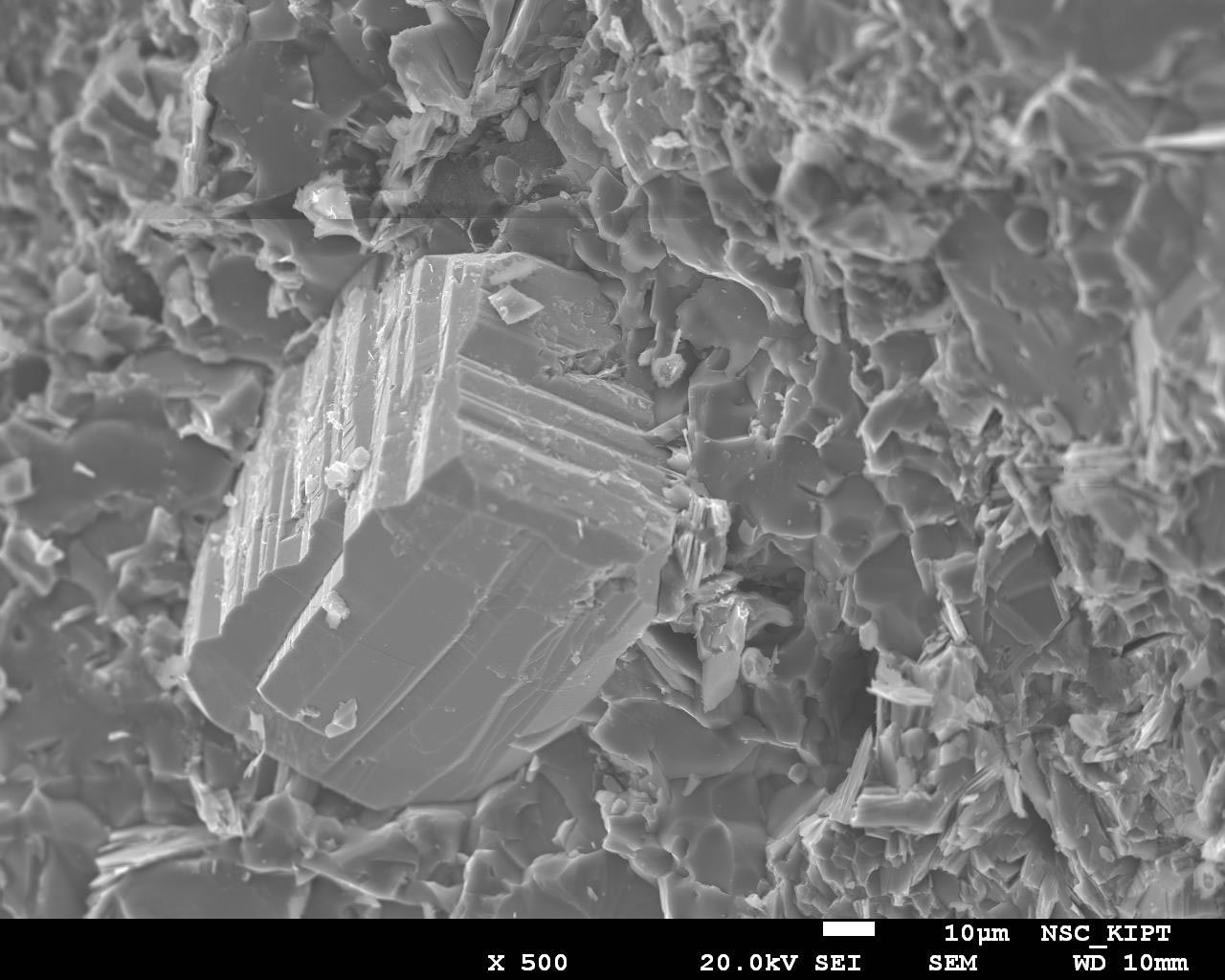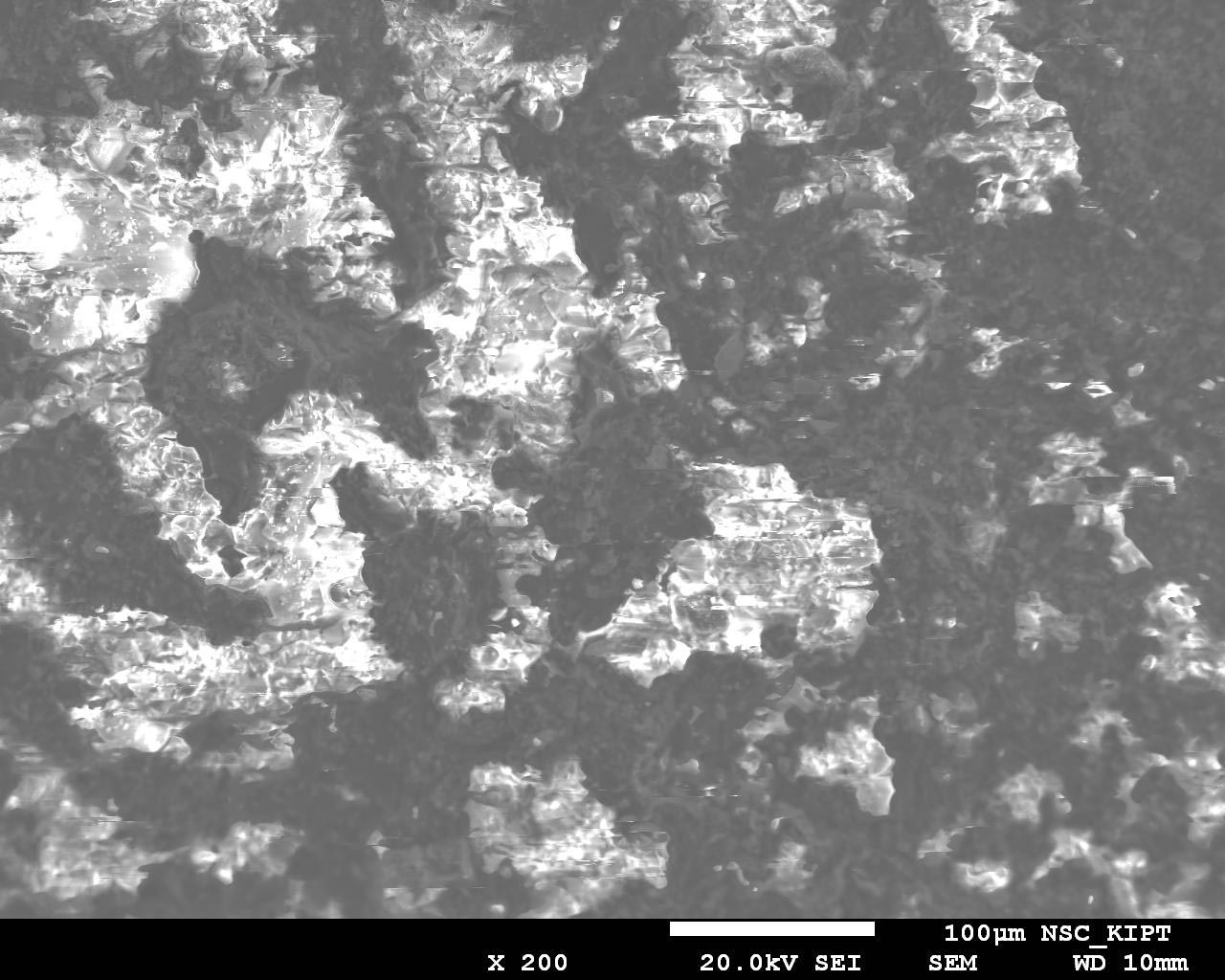Vielen Dank für Ihr Interesse am unserem Newsletter!
Schauen Sie in Ihre Mailbox. Um die Anmeldung abzuschließen, müssen Sie die Bestätigungsmail beantworten oder dem darin enthaltenen Weblink folgen.
CERTIFICATES
To ensure our customers the authenticity of products made of shungite, and thus the security at our website, we regularly certify all processes in our shop, and control the places of shungite extraction.
It takes a lot of time and attentiveness to provide you shungite products of excellent quality, and with a guarantee concerning their authenticity and origin. We control the products from the place of its natural deposit, processing, and up to the delivery to us in Germany.
For each product that we offer we guarantee its authenticity and origin. With each order you will receive a certificate issued by us.

Testing Shungite Protection Against Wi-Fi and Cell Phone Radiation.
Different forms of shungite are used for protection from electromagnetic radiation. They are used on the floor, in the walls and ceilings in both, new buildings, and during renovations, as a powder or stone.
To offer our customers support on the issues of protection against radiation, we have tested different forms of shungite. In our video, we show the difference between using shungite powder, break stone and washer-shape solid stones.
According to our customers’ experience, who have already used shungite powder or break stone, both forms ensure protection against radiation. Effectiveness depends on the exposure to the radiation, chosen materials, and treatment technique.
We are frequently asked as to what treatment technique is better and what the optimum location for shungite is. The tests will help make the decision.
In our video we demonstrate the difference in the electromagnetic radiation protection for different mixing ratios and different forms of the material, such as powder, break stone or solid stone.
In the test, we have used plasterboard. Different protective layers with different mixing ratios have been applied to the boards.
Plaster boards have been placed between the radiation sources (Wi-Fi and smartphone) and HF Gigahertz-Solutions HFW35C with the frequency measurement range of 2.4 to 6.0 GHz.
Protection against radiations from signal booster and cell phone is similar. The following results have been obtained:
• poor protection: wall paint with shungite powder in the ratio of 1 L / 500 g
• relatively poor protection: wall powder with shungite powder in the ratio of 1 L / 1000 g
• relatively good protection: indoor plaster (Rotband) with shungite grains (grain size 5-10 mm) in the ratio of 1 kg / 0.5 kg.
• good protection: indoor plaster (Rotband) ith shungite grains (grain size 5-10 mm) in the ratio of 1 kg / 1.0 kg.
• well protection: shungite washer, diameter 90 mm, thickness 10 mm.
These tests show the difference in the mixing ratios only, and we do hope that they will help you in decision making.
We cannot offer pieces of advice regarding practical treatment and application of shungite powder, grains or stone plates, since we are no experts on that matter. It is best that the treatment and application be discussed with an SME in the construction and renovation technology.
A key rule is as follows: the cheapest option is powder, while the most complex and expensive one are shungite stone plates.
On-premise measurements are required to determine precise values for a particular room. Numbers or percent of how radiation protection can be achieved by using one or another option can hardly be shown. This requires accurate individual measurements and factors such as measurement time, since some radiation sources change their power during the day or depending on the user. There are also walls that already have some degree of defense.
We do hope that this information will set a good example for making a decision regarding electromagnetic radiation protection.
CHEMICAL COMPOSITION OF SHUNGITE STONE
In order to determine chemical composition of shungite stone and get an idea of the carbon content (whereof there are quite a lot of different information), we commissioned National Science Center Kharkov Institute of Physics and Technology (NSC KIPT) to make research. Below is a brief overview of the research results.
With the help of infrared spectroscopy and optical analysis of crystals the phase composition of shungite stone was studied.
The study was conducted on a certified infrared spectrophotometer NAS UR-20.
Both shungite types were studied separately, because composition of stones differs.
Research results give an idea on the chemical composition of shungite. Please do not consider the study results as a confirmation or refutation of shungite effect. Percentage share of any chemical element does not say anything about shungite effect.
Samples of the stone for research came from our stocks and are the same stones as those that we send to our customers. These are an elite shungite, extracted near the village of Shunga, and classic shungite from Zazhoginskoe deposit.
Elite shungite (category 1).
Elite shungite is a stone, which by nature contains different mineral components. In comparison with classic shungite, admixtures here are distributed relatively evenly. It can be seen under the microscope upon increase of the stone surface, as it is shown in the Fig. 1, 2 and 3

Figure: 1 (surface of elite surface in 500 times increase)

Figure: 2 (surface of elite surface in 200 times increase)

Figure: 3 (surface of elite surface in 20000 times increase)
To determine the composition of elite shungite, several studies in different parts of the stone sample were conducted. Molecular spectroscopy was applied also in places where elite shungite had colours from orange to transparent on the surface.

Figure 4 (surface of elite shungite in transparent and orange places, 500 times increase).
Researches were held in six different places (U-1 - U-6) to determined actual mean value. The table below show full list of elements.

Table: 1
Carbon content in elite shungite is 87,4 %
The main component of elite shungite is carbon (C), the mean value of its content therein is 87.4%. There is a significant difference from classic shungite. It was not possible to find out whether carbon is contained in a form of fullerenes in the course of this study. High share of oxygen of 11.8% is obtained due to the fact that some elements in shungite act as oxide. As it is seen in the table, the other elements are contained in shungite only in small quantities.
Classic shungite (category 2)
Classic shungite is a composite stone. Therefore naturally it contains different mineral components in different amounts, which are distributed unevenly. It is evident already on the surface of a stone by simply examining the sample under a microscope that their number varies greatly, as it is seen in the pictures 5, 6 and 7.

Figure: 5 (surface of classic shungite, 500 times increase)

Figure: 6 (surface of classic shungite, 250 times increase)

Figure: 7 (surface of classic shungite, 200 times increase)
To determine the actual composition of a stone, several studies in different parts of a stone sample were conducted. Molecular spectroscopy was also applied. Figure 8 shows a diagram of two studies. Curve 1 shows results for dark parts of a stone sample (fig. 5), curve 2 - for a section of pyrite and quartzite (fig. 6 and 7) that have gray or golden colour on the surface.

Fig. 8
The table 2 shows results of the three specified studies. Results for dark parts are specified in the line No. 1 of the sample (see fig. 6). Over 90% of the stone mass of the sample consists of a material of this dark area. Therefore, the values calculated here are critical for a mean values given in the Table 3. More light and gray areas consist of light quartzite and/or pyrite.

Table: 2
Additional studies in seven different places (U-1 - U-7) of the sample were conducted to determine the actual average mean.

Table: 3
Carbon content in classic shungite – 51,9 %
Average carbon value in classic shungite is less and is appr. 51,9%. But is does not mean that classic shungite is worse. Both kinds of shungite with their unusual content have their advantages and disadvantages.